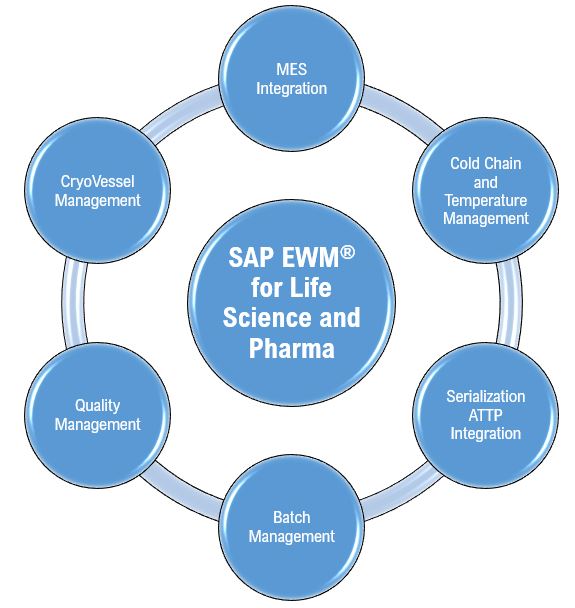Software applications have evolved from simple, rule-based programs into sophisticated artificial intelligence (AI) agents, demonstrating increasing complexity and autonomy. Today, applications led by AI agents are widespread, significantly shaping various aspects of human life. As they augment tasks across industries, some experts suggest that AI agents mark a paradigm shift from the traditional software-as-a-service (SaaS) model. To ensure their effective deployment, a rigorous quality engineering (QE) approach is essential.
Key Challenges in Testing AI Agents and the Agentic Layer
Traditional software testing focuses on validating expected behavior. However, AI agents present unique challenges that require an evolved QE approach:
- Unpredictable user input: Predicting user interactions is difficult due to their inherently unpredictable nature
- Dynamic responses: Ensuring accuracy is challenging as AI agents generate responses dynamically based on learned behavior
- Diverse test data requirements: Ensuring comprehensive testing requires large-scale, varied datasets that reflect the conversational nature of AI and its expected outcomes
- Ambiguous performance metrics: Establishing well-defined non-functional requirements (NFRs), such as speed, security, and reliability, is complex due to AI’s evolving nature
- Stringent security controls: Restricting AI agent actions to specific roles while preventing unauthorized behaviors requires stringent security measures
Quality Engineering Approach for Testing the Agentic Layer
Testing AI agents requires a structured QE approach that goes beyond traditional software testing. Given the complexities introduced by natural language processing (NLP), machine learning (ML), and contextual understanding, a robust QE framework must include three key stages to evaluate the effectiveness, reliability, and accuracy of AI-driven conversational systems.
Testing Core Functionality
- Functional testing: Evaluates the core behavior of AI agents by assessing a broad range of interactions, from simple commands to nuanced questions that include handling ambiguity, multiple intents, integrations and language variations
- Usability testing: Measures user experience (UX) by ensuring interactions are intuitive, user-friendly, and clear
- Performance testing: Assesses the ability of AI agents to handle high volumes of interactions without lag or crashes while ensuring minimal response delays for optimal user satisfaction
- Security testing: Validates role-based access and authorization privileges to protect data and prevent unauthorized actions
- Compliance and bias testing: Ensures AI agents adhere to fairness, neutrality, and data privacy regulations
Testing at Scale through Automation
AI agents and agentic layers are designed to mimic specific tasks and behaviors. A structured QE approach relies primarily on test automation to ensure scalability and efficiency. By leveraging diverse combinations of synthetically generated test data and scenarios, automated testing ensures comprehensive coverage and accelerates the identification of anomalies or erroneous agent actions. Testing at scale enhances efficiency and enables early detection of issues, allowing for timely refinements in the development process.
Feedback Cycle and its Importance
Human review plays a central role in refining AI agents through the feedback cycle. Continuous improvement depends on analyzing user feedback, particularly for systems that require adaptability and contextual understanding. Feedback gathered from core functionality and large-scale testing must be thoroughly reviewed using formal QE verification techniques such as peer reviews, formal inspections, and walkthroughs.
The insights gained from these reviews inform refinements in input prompt categorization, classification, expected responses, and agent actions. This iterative approach ensures that development continues until the AI agent delivers the expected results.
Conclusion
Ensuring the reliability and effectiveness of AI agents requires a comprehensive QE approach that integrates traditional testing methods with AI-specific solutions. By focusing on functional accuracy, user experience, integration, scalability, security, and ethical considerations, organizations can develop AI-driven systems that deliver value while maintaining trust and compliance.
Furthermore, adopting a continuous feedback cycle and leveraging automation-driven testing at scale are essential to enhance testing efficiency and drive sustained improvements in AI performance.








